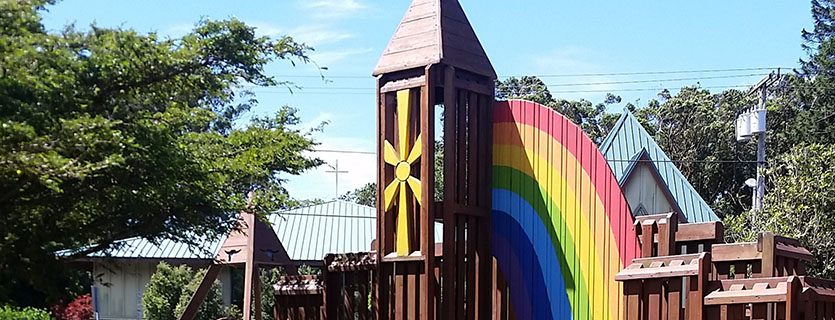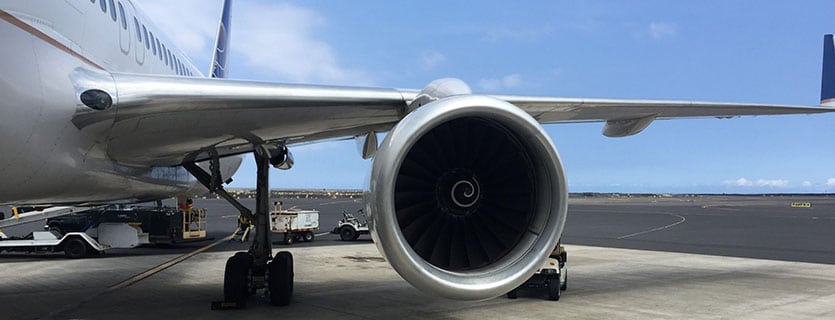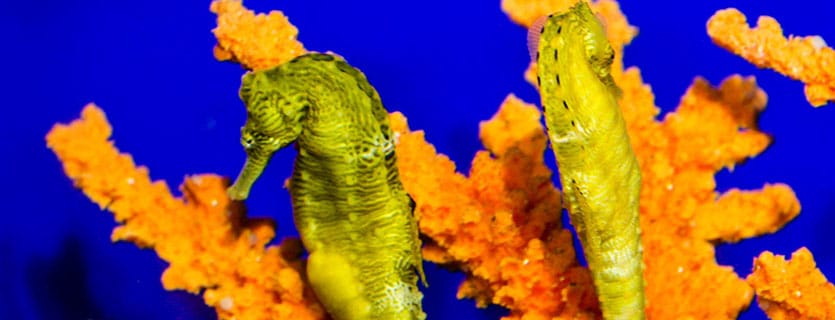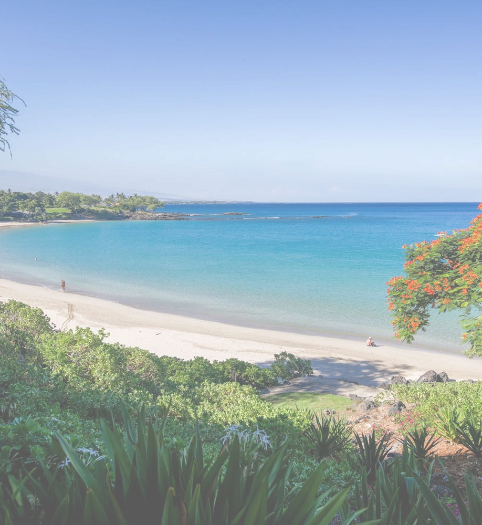Talk about a Bucket List Event:
Hawai‘i Volcanoes National Park is one of the very few places in the world where you can safely watch the orange glow of lava. While the Kilauea volcano has been erupting almost continuously for the last four decades there have been very few times where one can see the crater filled with hot molten lava from the safety of an overhead observation lookout. To watch the majestic beauty is truly inspiring and unforgetful. What makes it special is the events that produce the most lava often only last a few weeks so it is important to catch a flight to Hawaii when the opportunity arises.
What a night! June 7th was one of those mornings, we woke up to the news that Kilauea had erupted again after a three month break. This is great news for anyone spontaneous, as the volcano may start and stop at any time. For anyone who wants to see real lava–this is a great time. Come to Hawaii so you don’t miss it!
For a stunning peek at the eruption, here’s the video we took while we were there:
The eruption is contained to the Halemaumau Crater in Volcanoes National Park (VNP), and officials see no indication that the lava will exit the crater. This is great to hear, as it means that we can enjoy the beauty of the eruption without any concerns for the island’s infrastructure.
It was almost as fun to watch families with young children watching a live volcano. The lookout area is easy to access for young and old.
We recommend visiting the volcano in the evening or early morning, as the glow from the lava is most dramatic without the sun. We drove over after work, and were directed to a parking area right in front of the crater viewing area! It was less than a 60 second walk, on a fully paved walkway with some dim ground lighting. This parking area wasn’t open last time we visited, and we had a one mile walk from the military camp parking or two miles from the visitor center to viewing area then, so this was a wonderful surprise! While the dim ground lighting is helpful, the island gets very dark when the sun is down, so flashlights are very important for a safe and enjoyable experience.
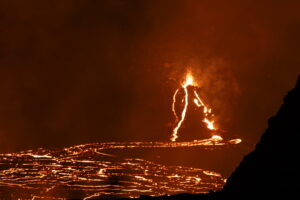
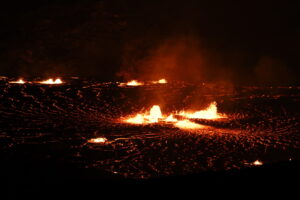
What to Bring:
• A Sweater!
We know this seems counterintuitive, as it stays super warm in the resort area, and you’d think that the lava would keep the volcano warm. However, the high elevation and distance from the lava means that when you visit at night, the evening/night temperature is usually in the 50s. There may also be rain in the park, even when the day is perfectly cloud-free in the resort areas, so check the forecast and bring a rain jacket if needed!
• A Flashlight
There is no bright lighting after the sun goes down and there are dangerous steep areas if you go off path. The dark nights make for gorgeous stargazing combined with lava viewing, but once the sun goes down, it can get quite dark. We recommend having an actual flashlight to see the path more clearly. A smart phone light will work but but does not light that far forward and directed. There are areas outside the railed off viewing areas that are steep or even cliffs so a good flash light is very important.
• Binoculars
These aren’t a necessity, as you can see the lava without them, however, for safety, the viewing areas are a fair distance away from the crater. Binoculars allow you to see the lava and it’s movement in much more detail, and enhance the experience, so we highly recommend them. No cell phone will zoom the views quite like a good pair of binoculars.
• Camera (and Tripod)
As you can imagine, the excitement of the eruption can draw a bit of a crowd. A camera for pictures to show your friends and remember your visit by is a must-bring. Don’t forget an extra memory card and battery. We do recommend a proper camera with better zoom and night photography ability more so than a phone. The distance and lighting conditions strain the typical phone camera’s abilities. For example, my iPhone 12 Pro, which has a camera I’m usually very happy with, disappointed me when it came to lava photography. As far as the tripod, any shake/movement is amplified at high zoom levels, so having assistance keeping your camera stable helps to get the best photos possible. The videos and photos here were shot with a Canon SLR with 100-400mm Lens.
For another peek at the eruption, here’s the video we took while we were there:
It was amazing to see how the lava lake changed even in the time that we were there, with the ebb and flow of the lava fountains. We also loved the community that gathered for the eruption–people of all ages and from all over visited the park for this unique experience. All the children who were there were so excited (as were the adults!).
And, for those of you who want a live look at the eruption, USGS is livestreaming a view of the crater.
Planning your Visit
Before visiting the crater, we recommend planning your visit with the help of the Volcanoes National Park website. Since it’s a bit of a drive from the resort areas, we like to drive up earlier in the day to experience the park before the sun sets for the best eruption views. While in the park, you can attend guided hikes and tours, visit the lava tubes (we recommend the 1.5 mile hike through the Thurston Lava Tube, as well as visiting the petroglyphs. Despite the cooler temperatures due to the elevation, the Hawaii sun is just as strong as it is at the coast, so we recommend hats, sunglasses, and sunscreen as well as plenty of water for visits in the daytime.
Before or during your visit, the park website also has a wealth of educational content, ranging from cultural information such as stories of Pele, the goddess of volcanoes, to geology and nature. If you have little ones, be sure to look into the junior ranger program, which has activities to participate in prior to your visit as well as during it!
Staying Safe & Respecting Hawai’i
While the eruption is very exciting, and wonderful to visit, it is important to remember the historical and cultural significance of Kilauea, as well as the dangers of an active volcano. Staying on the paved paths and following the instructions of park rangers protects the nature and wildlife, as well as preventing you from becoming injured or lost. It is best to view the eruption and active lava from a safe distance, and the experts at the National Park work hard to create the best viewing experiences while preserving the safety of guests and respecting Pele as well as her home.
Want to see the lava for yourself? Check out our vacation homes and book your stay!






